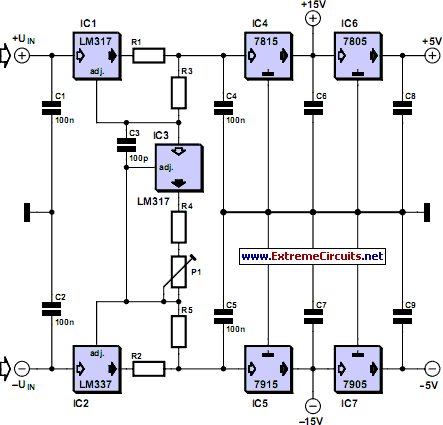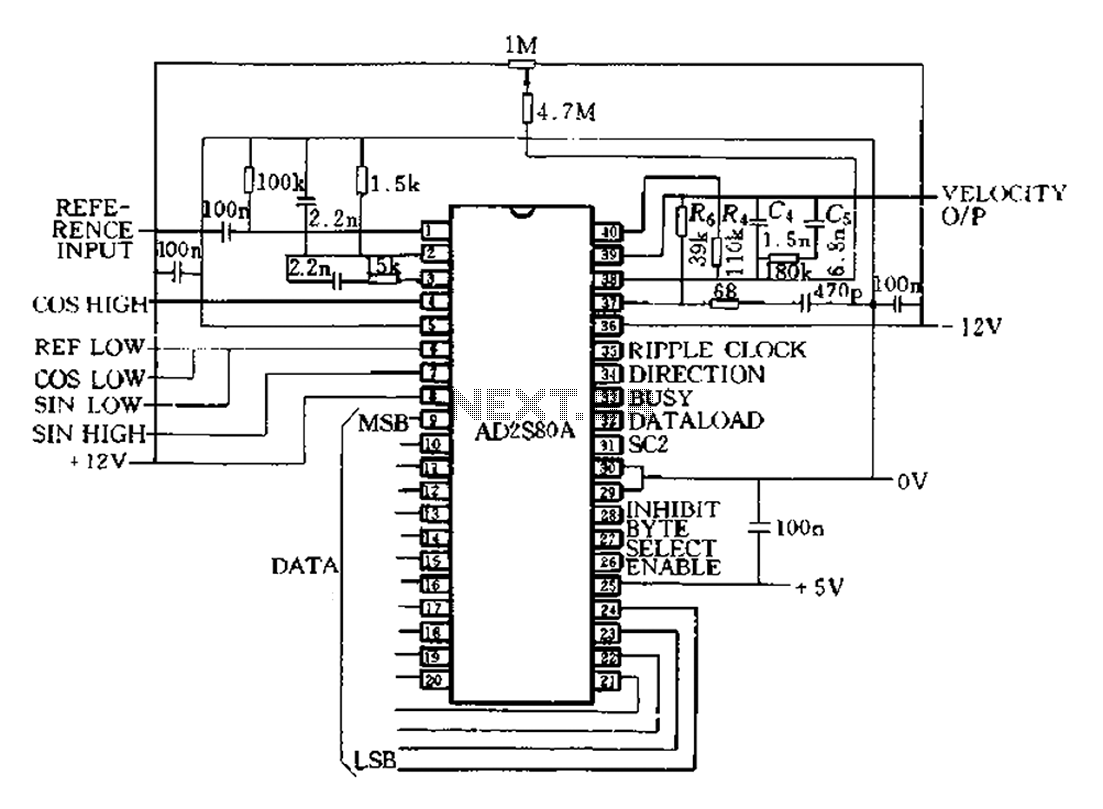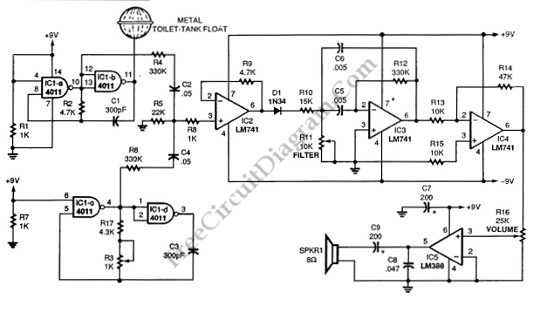
Adjustable Current Limit For Dual Power Supply circuit

This current-limiting circuit, illustrated in this example as part of a small bench power supply, could theoretically be utilized alongside any dual-rail current source. The section of the circuit to the left of the diagram restricts the input current to the dual voltage regulator (IC4 to IC7) to ensure safe protection against overload. The circuit produces outputs of ±15 V and ±5 V. The voltage regulators at the outputs (7815/7805 and 7915/7905) require no further explanation; however, the current-limiting circuit itself, which is constructed around an LM317 and an LM337, is not entirely self-explanatory.
The current-limiting circuit serves a crucial role in safeguarding the power supply from excessive current draw, which could potentially damage the voltage regulators or the connected load. The design comprises an LM317 adjustable voltage regulator configured to limit the current on the positive rail and an LM337 for the negative rail.
The LM317 operates by adjusting its output voltage based on the feedback from a resistor network. By placing a sense resistor in series with the load, the voltage drop across this resistor is monitored. When the current through the load exceeds a predetermined threshold, the voltage drop across the sense resistor triggers the LM317 to reduce its output voltage, thereby limiting the current flowing to the load.
Conversely, the LM337 functions similarly for the negative rail, ensuring that the current does not exceed specified limits in the opposite direction. This complementary arrangement allows for a balanced current-limiting mechanism across both supply rails, providing dual protection.
The output voltages of ±15 V and ±5 V are achieved through the use of standard voltage regulators (7815 for +15 V, 7805 for +5 V, and their negative counterparts 7915 and 7905). These regulators are known for their reliability and ease of use in various applications, ensuring stable output voltages under varying load conditions.
In summary, this current-limiting circuit is an essential component of the bench power supply, providing robust protection against overloads while maintaining stable output voltages. The combination of LM317 and LM337 enables effective current regulation for both positive and negative supply rails, making it suitable for a wide range of electronic applications.This current-limiting circuit, shown in this example as part of a small bench power supply, could in principle be used in conjunction with any dual-rail current source. The part of the circuit to the left of the diagram limits the current at the input to the dual voltage regulator (IC4 to IC7) so that it is safely protected against overload.
The circuit shown produces outputs at ±15 V and ±5V. The voltage regulators at the outputs (7815/7805 and 7915/7905) need no further comment; but the current-limiting circuit itself, built around an LM317 and an LM337, is not quite so self-explanatory.. 🔗 External reference
The current-limiting circuit serves a crucial role in safeguarding the power supply from excessive current draw, which could potentially damage the voltage regulators or the connected load. The design comprises an LM317 adjustable voltage regulator configured to limit the current on the positive rail and an LM337 for the negative rail.
The LM317 operates by adjusting its output voltage based on the feedback from a resistor network. By placing a sense resistor in series with the load, the voltage drop across this resistor is monitored. When the current through the load exceeds a predetermined threshold, the voltage drop across the sense resistor triggers the LM317 to reduce its output voltage, thereby limiting the current flowing to the load.
Conversely, the LM337 functions similarly for the negative rail, ensuring that the current does not exceed specified limits in the opposite direction. This complementary arrangement allows for a balanced current-limiting mechanism across both supply rails, providing dual protection.
The output voltages of ±15 V and ±5 V are achieved through the use of standard voltage regulators (7815 for +15 V, 7805 for +5 V, and their negative counterparts 7915 and 7905). These regulators are known for their reliability and ease of use in various applications, ensuring stable output voltages under varying load conditions.
In summary, this current-limiting circuit is an essential component of the bench power supply, providing robust protection against overloads while maintaining stable output voltages. The combination of LM317 and LM337 enables effective current regulation for both positive and negative supply rails, making it suitable for a wide range of electronic applications.This current-limiting circuit, shown in this example as part of a small bench power supply, could in principle be used in conjunction with any dual-rail current source. The part of the circuit to the left of the diagram limits the current at the input to the dual voltage regulator (IC4 to IC7) so that it is safely protected against overload.
The circuit shown produces outputs at ±15 V and ±5V. The voltage regulators at the outputs (7815/7805 and 7915/7905) need no further comment; but the current-limiting circuit itself, built around an LM317 and an LM337, is not quite so self-explanatory.. 🔗 External reference





